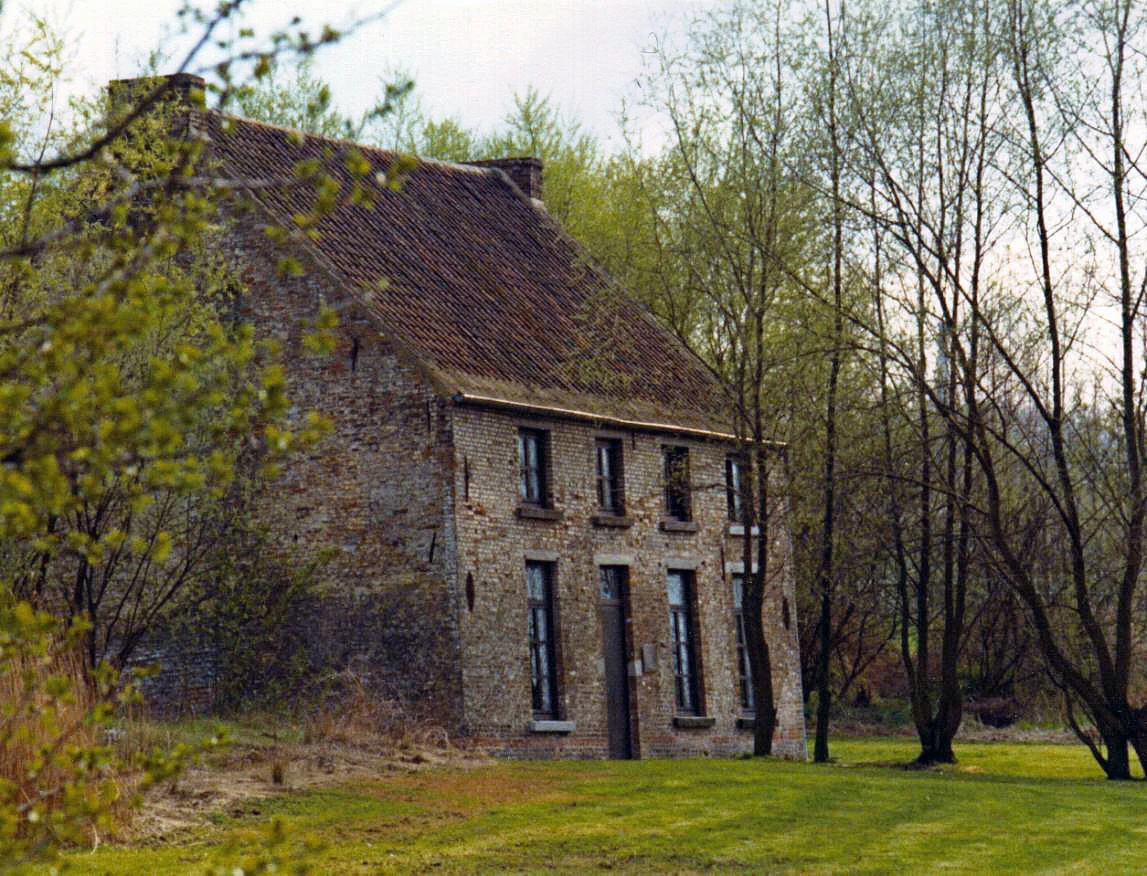他在麦田里架好画架,拿起细细的笔刷,一笔一笔画出星空的气流云层变动,一笔一笔调出星空里那些有声音的蓝色和灰色。
那个年代的艺术家很拮据,那个年代的人不认可这样的艺术家,有一种孤独可能就是不被人理解。也或许,没有融入那个时代。
2020年全球疫情来袭,实在不容易,所有的事情都乱糟糟的毫无头绪,从工作到生活,一切似乎都停滞了。从原来忙碌的生活,突然闲惬下来,养了一次多肉六十几盆,又养了一次多肉三十几盆,都没有活下来,连赵一瑄同学送来她小学时候养向日葵的小花盆我给种的满天星也没有活下来。但是奇怪的是我种的奇异葵倒是活了,那么小的盆里长了一米多高,还开了花。很奇怪,瑄妞放学就要来看她心心念念的花,就这样度过了疫情和初开学的时光。
前夜荥城落雪,到现在都未干,雪水随着屋檐流下来,滴滴答答,这个季节打雷,闪电,下雪似乎不是一个很好的兆头。
这个文章我自己写了好久都没有去写完,奈何人生琐事太多,现在的自己只有摸黑赶路,誓发亮如星。
一直到现在的我,都渴望学习,渴望成长,渴望踏足到任何没有到过的地方。然而当你了解的越多的时候,就越无能为力,我们都生活在阴沟里,但仍有人仰望星空。
仅以下文记忆梵高
文森特·威廉·梵高出生的房子
文森特·威廉·梵高(1853-1890),荷兰后印象派画家。他是表现主义的先驱,1861年梵高开始接受教育,在学习语言包括法语、德语及英语表现不错,但在1868年3月中断学业,并在1869年7月在国际艺术品交易商公司见习。经历了短暂的工作生涯后,他成为传教士,向贫困的采矿工人传教。直到大约27岁时,梵高才开始了他的画家生涯;然而,在他生前的最后十年间,却创作了2100幅左右的画作,包括约860幅的油画。梵高早期只以灰暗色系进行创作,直到他在巴黎遇见了印象派与新印象派。梵高融入了他们的鲜艳色彩与画风,创造了他独特的个人画风,尤其在梵高待在法国阿尔勒的那段时间,发展已臻成熟。他最著名的作品多半是他在生前最后两年创作的,期间梵高的作品乏人问津,深陷于精神疾病和贫困中,最后导致他在37岁那年自杀。
梵高一生中的核心人物是他的弟弟西奥,西奥从不间断、无私的提供梵高经济资助,二人亦终生保持书信来往。有种说法是梵高生前出售的画作《红色葡萄园》也是由他的弟弟拜托友人购得。
圣雷米精神病院和小教堂的景色(View of the Asylum and Chapel at Saint-Remy)
The gnarled olive trees, irises, lavender, and bright sunshine…Entering the Monastery of St. Paul de Mausole in St. Remy de Provence in southern France you have a feeling that you’ve seen this place before. That’s because you have.
Van Gogh’s room is reproduced at the asylum in St. Remy, France, where he lived for a year and painted over 100 paintings.
This is the “maison de sante,” not far from Arles, where Vincent Van Gogh went to rest and recover his mental health in 1889, not long after the famous incident when he cut off his ear. He stayed here roughly one year and during that time he painted anything and everything in his surroundings–143 oil paintings and more than 100 drawings including two of his most famous masterpieces, Irises and The Starry Night. The fabulous thing about visiting St. Paul de Mausole is that photos of the paintings and and information about them appear where they were painted. So for example, a photo of “Les Oliviers,” which is now in the Minneapolis Institute of Arts, is posted right in front of those olive trees. You feel a little chill when you see exactly what he saw and how he interpreted it.
The imposed regimen of asylum life gave Van Gogh a bit of stability: “I feel happier here with my work than I could be outside. By staying here a good long time, I shall have learned regular habits and in the long run the result will be more order in my life.”
You’ll enjoy your trip more if you read up about Vincent. Irving Stone’s fiction classic Unknown-3Lust for Life provides a general knowledge of his story. But scholars continually interpret both his art and the health problems that may have been at the source of his mental illness. Most recently, Van Gogh: The Life by Steven Naifeh and Gregory White Smith offers a very readable portrait of Van Gogh and puts forth the idea that rather than committing suicide, Van Gogh was murdered. Traveling with kids? They’ll want to read van Gogh and the Sunflowers by Laurence Anhold.
星月夜(The Starry Night)
This beautiful old monastery complex, located just beside the Roman site of Glanum, is popular today because of Van Gogh's stay here in 1889-90. The site is part of Saint Remy's "Circuit Van Gogh", and the first thing you'll see as you enter is the the field of olive trees painted by Vincent - along with a panel showing his painting of the scene.
The local source at Glanum held a spiritual and healing reputation since the 4th century BC. During the more-recent Medieval times, Christian pilgrims came to invoke Valetuda, the godesse of health, and in the 11th century a Romenesqe-Provencal priory was built here.
Saint-Paul-de-Mausole became a monastery at some time in its Medieval history, with the hospital building Saint-Paul-de-Mausole later built onto the building complex.
The sturdy, two-layer Romanesque bell tower has nice pillared arches, a pyrmidal roof, and still retains an ancient sundial. The inner heart of the monastary is a lovely coister with a central garden of flowers contained in a pattern of ankle-high hedges.
Behind the monastery are the gardens, including a lovely lavender field and a few sundials.
The main point of interest here for us 20th (and 21st) century fans is that this was the home of Vincent Van Gogh during his very troubled time of May 1889 to May 1890. Vincent's small room had a windown looking out over the gardens behind the buildings.




这画很喜欢,回头我也去模仿两幅类似这样风格。
啥时候画好了,发个信息,给我看看
是不是艺术家都有这么一个悲催的命运,只有死后才能死为经典、永恒。
有个无法抗拒的东西,叫做当下,或者叫做时代。
尼采说,艺术超前於哲学,确实有很多耳熟能详的艺术家在去世后其作品才被世人接受,这或许确实是一种悲催的命运。但是也有很多生时就得到认可的,比如毕加索就活着见证了自己的作品被收入卢浮宫。
消极理解的意识形态,埋没了很多的艺术大家,命运这种东西或许早已注定,无论如何作为后人也十分有幸能欣赏这样的作品和作品的情感以及那个年代的故事。